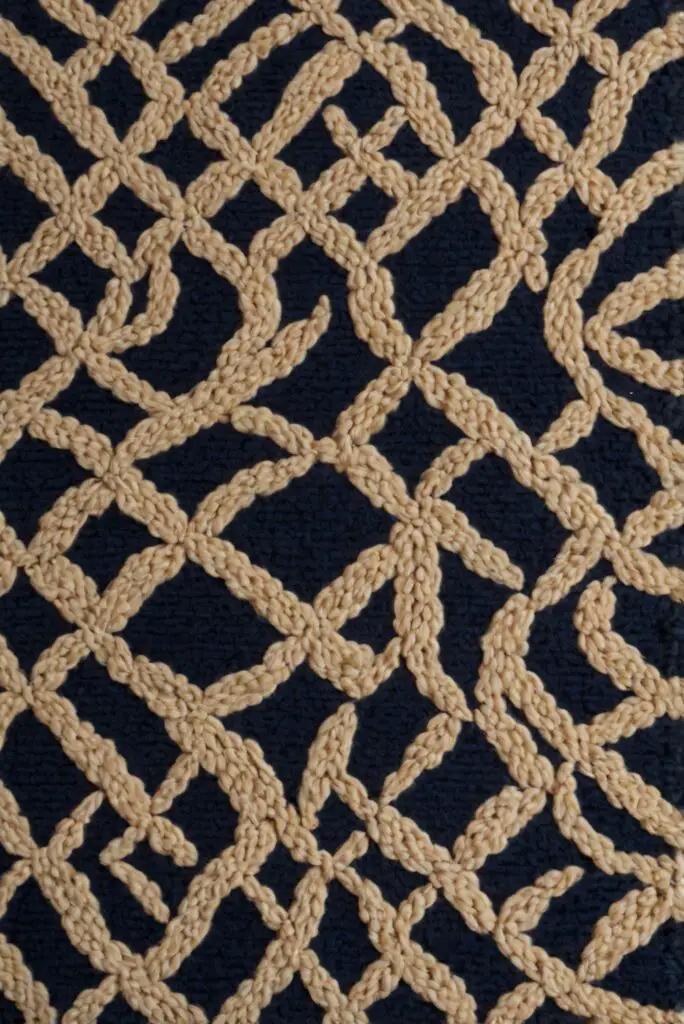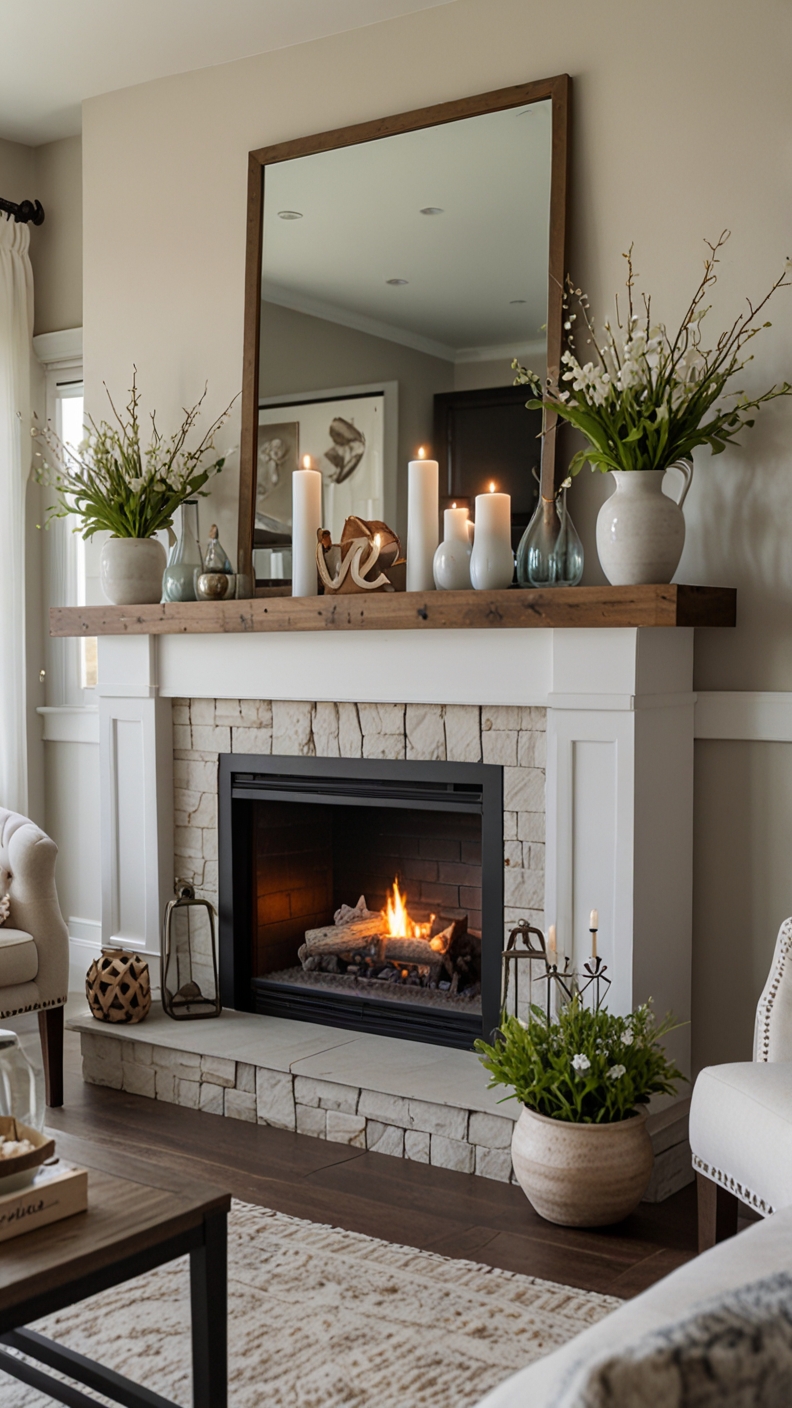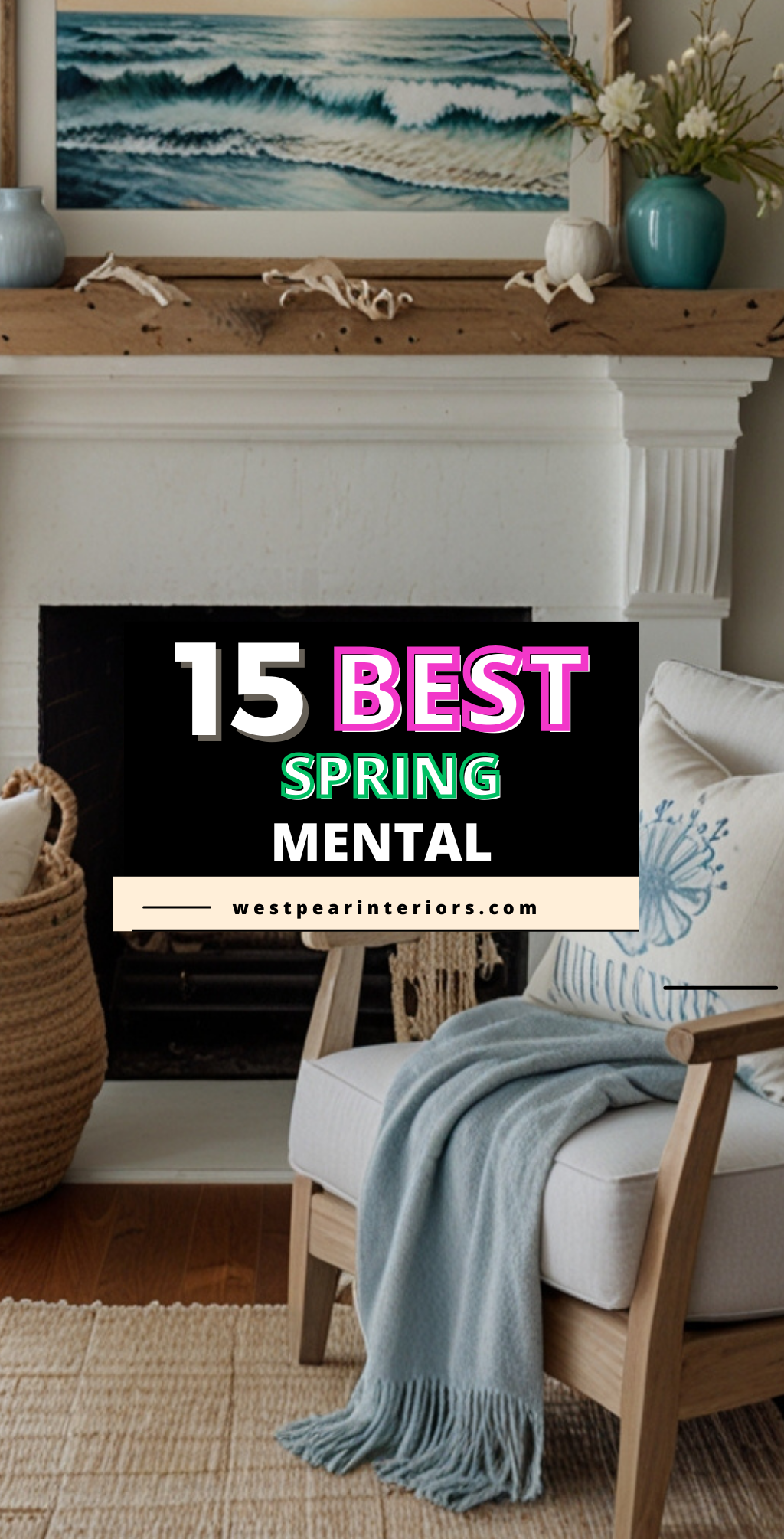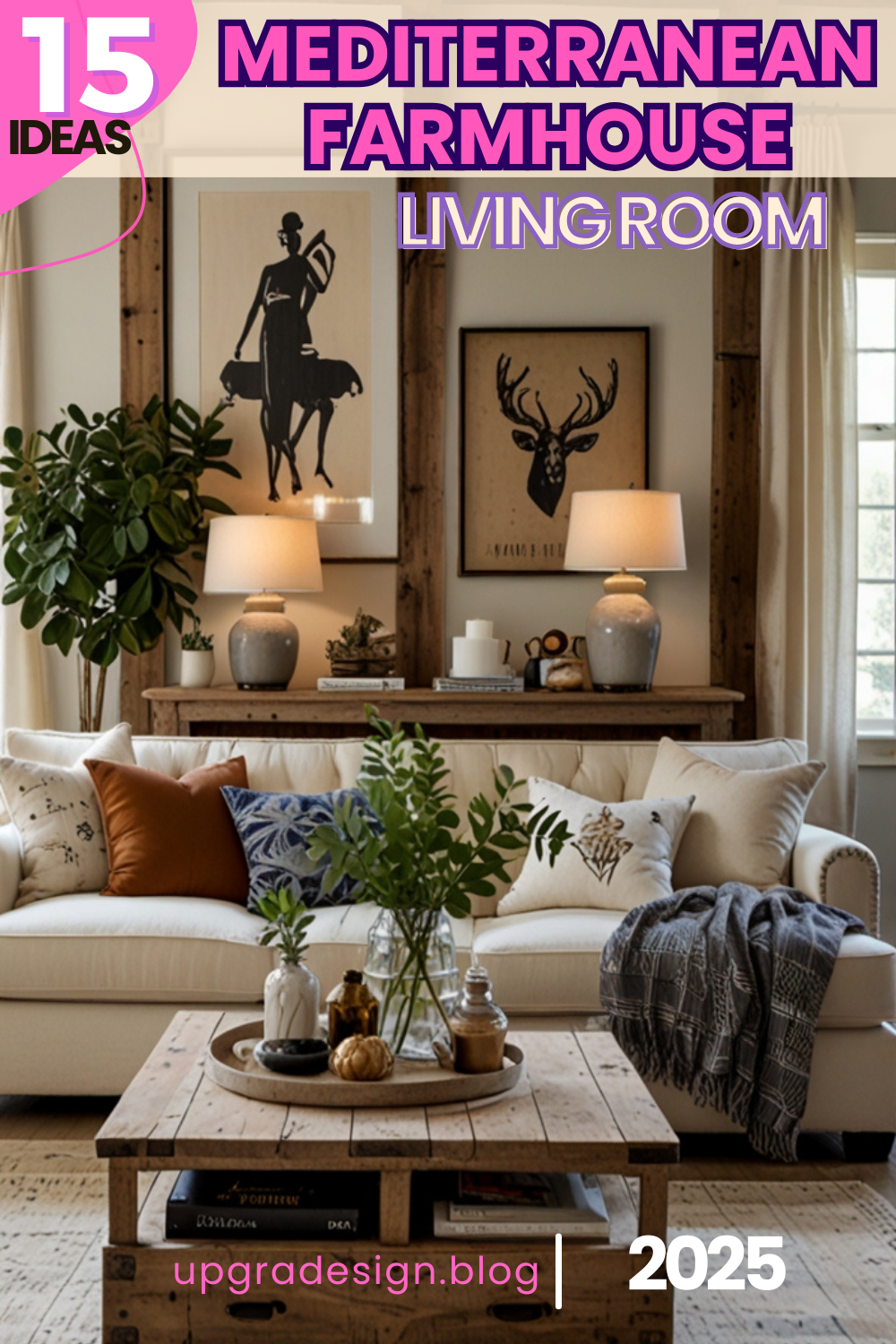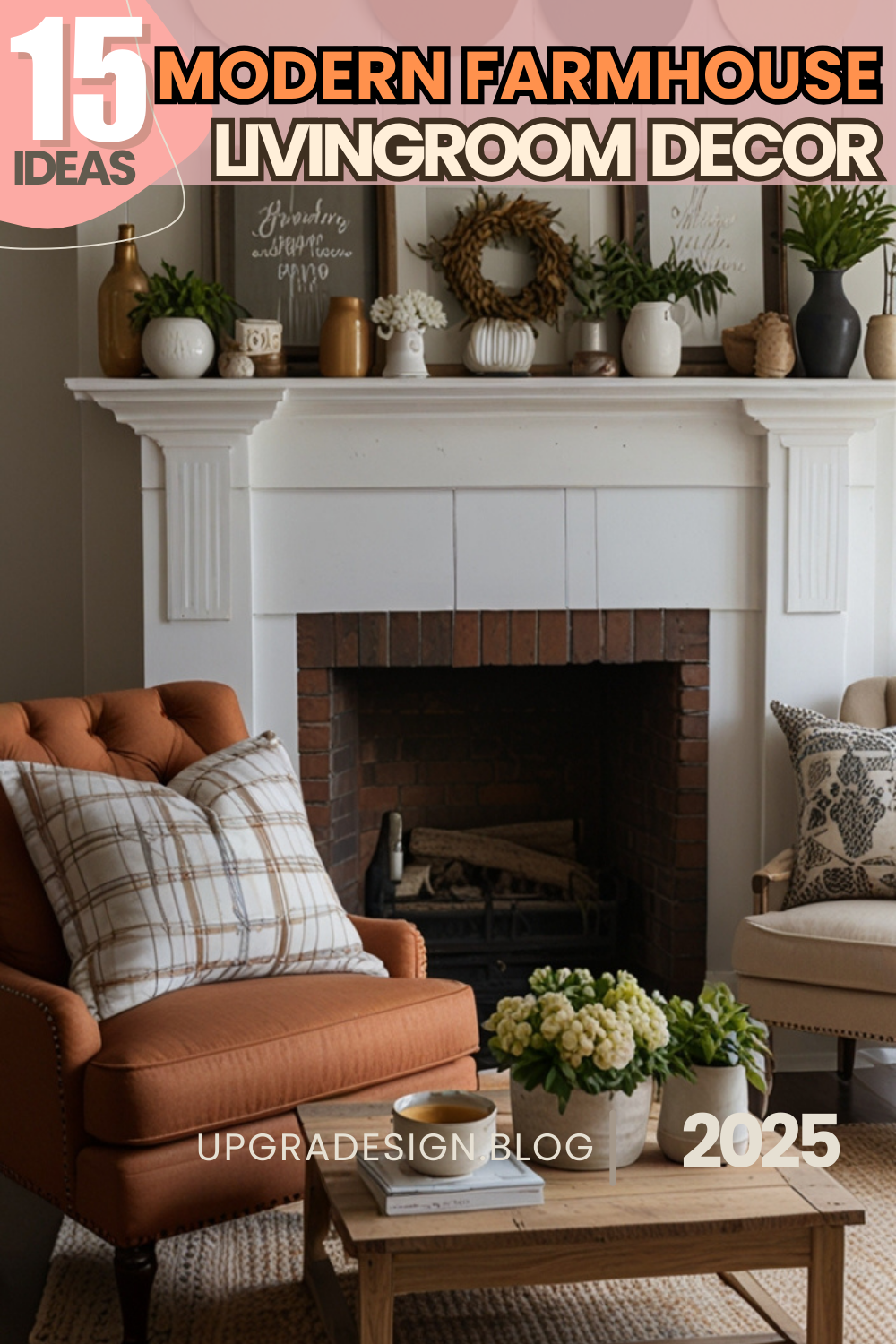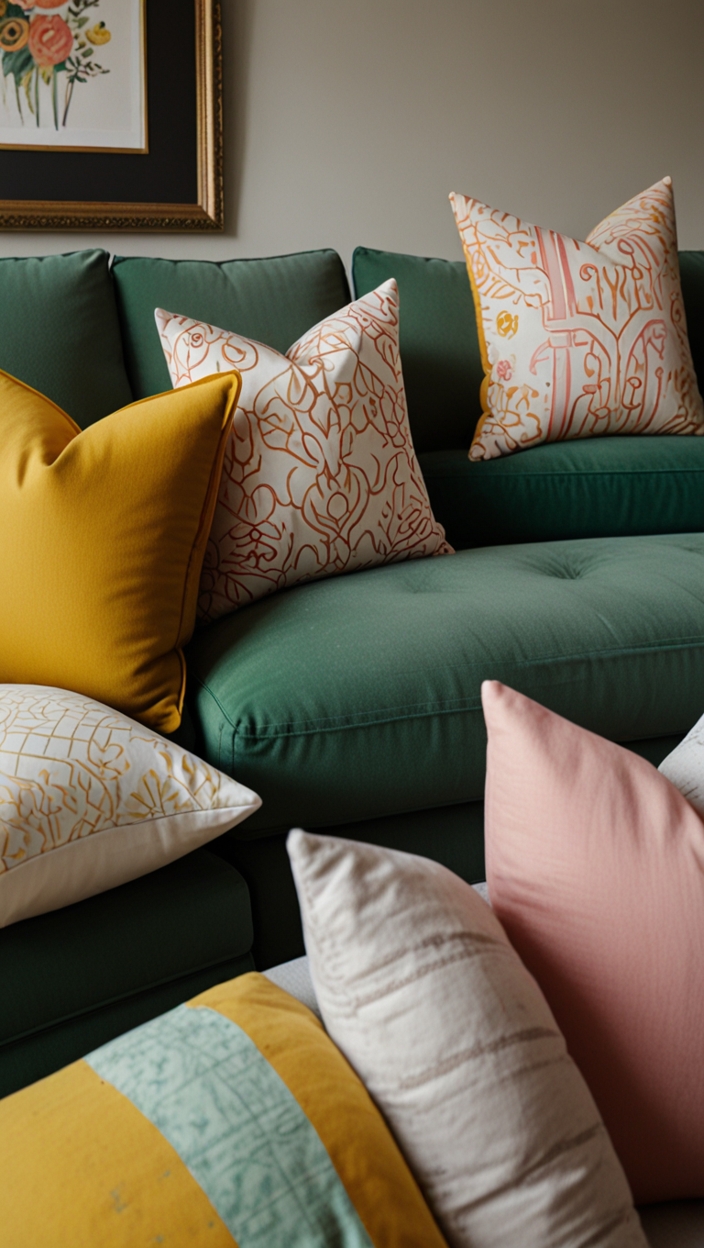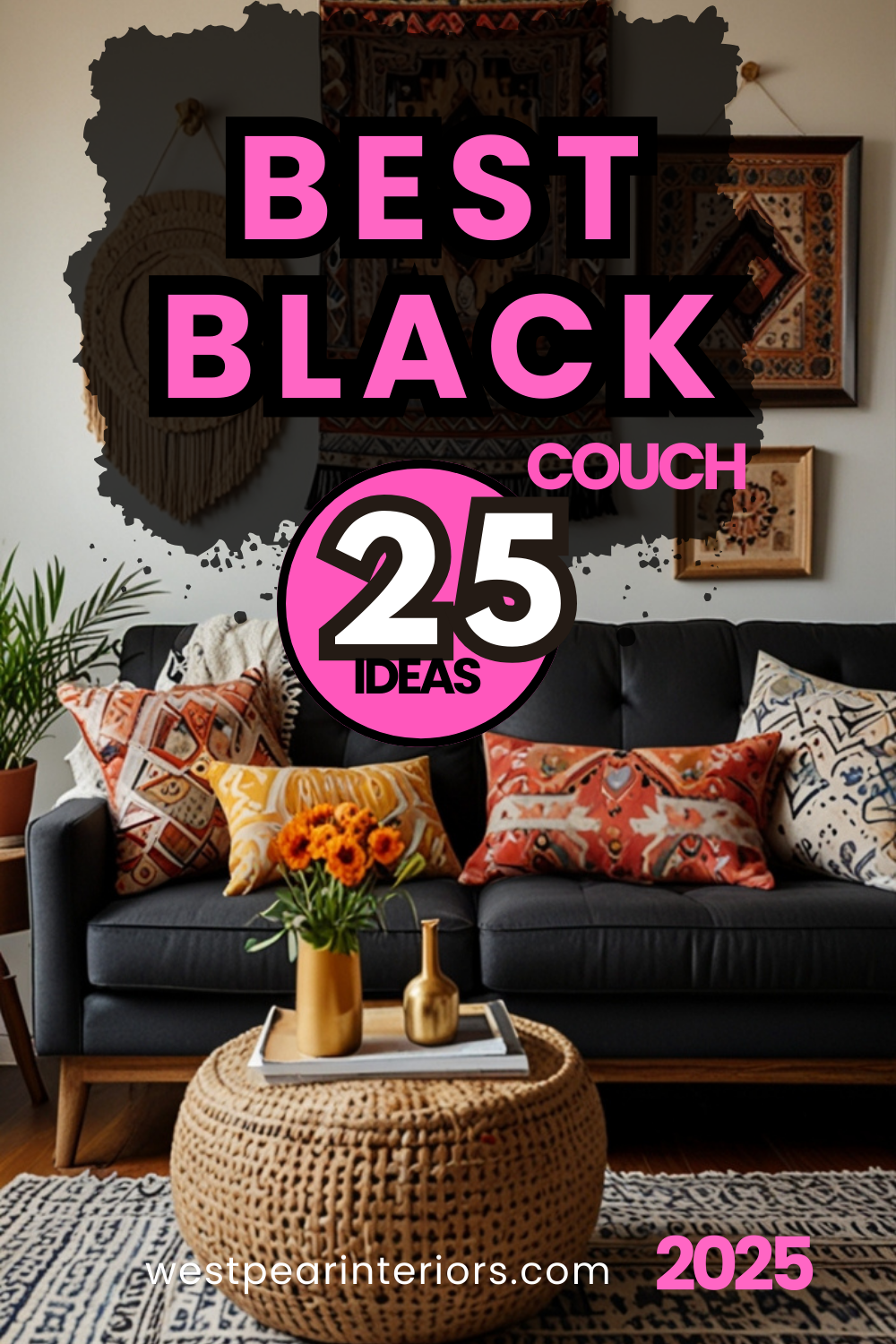Enhance your living room design with rugs that add texture and style. Discover daily interior designer routines for incorporating this easy and effective decor element.
To use a rug to add texture to your living room design, start by selecting a rug that complements your existing furniture and decor. Consider the size of the rug in relation to the space and the furniture layout. Place the rug in the center of the seating area to anchor the room and create a cozy atmosphere. Opt for a rug with a tactile texture like shag or jute to add depth and interest to the space. Additionally, layering rugs can provide added texture and visual appeal. Regularly vacuum and rotate the rug to maintain its appearance and longevity. Experiment with different textures and patterns to achieve the desired look in your living room design.
How to choose the right rug size for a living room?
Choosing the right rug size is crucial for enhancing the overall aesthetic and functionality of your living room. Consider the following important factors:
- Measure the seating area: The rug should be large enough to encompass the main furniture pieces like the sofa and chairs.
- Leave space around the rug: Ensure there is at least 18 inches of bare floor between the edges of the rug and the walls.
- Consider rug shape: Rectangular rugs are ideal for defining seating areas, while round rugs can complement curved furniture.
- Room size matters: In a smaller room, a larger rug can make the space appear more expansive, while in a larger room, multiple rugs can create distinct zones.
- Define the rug’s purpose: Decide whether the rug is meant to anchor the seating area, add warmth, or create visual interest.
- Take door clearances into account: Ensure that doors can open and close easily over the rug without causing any obstruction.
- Consider rug placement: Rugs can be placed entirely under furniture or halfway to create a more layered look.
What is the best material for a rug to add texture to a living room design?
My Lovely Spring Paint for 2025
Ready for a Spring Makeover? Explore the Freshest 2025 Paint Trends!
White Sage/Green SW Pistachio green Soft blue Honeysweet/Orange Pink Sugar Sage Tint BMAs an Amazon Associate, I may earn a commission from qualifying purchases at no extra cost to you.
The choice of material plays a significant role in adding texture to your living room design. Opt for materials that offer both visual and tactile appeal, such as:
- Wool: Luxuriously soft and durable, wool rugs add warmth and coziness to a room while also providing a natural texture.
- Jute: Known for its earthy charm and durability, jute rugs introduce a rustic texture that complements various decor styles.
- Shag: Long, fluffy fibers of shag rugs create a plush texture that feels soft underfoot, adding a touch of luxury to the space.
- Silk: Silk rugs offer a silky texture that reflects light beautifully, creating a sense of elegance and sophistication.
- Cotton: Lightweight and easy to clean, cotton rugs provide a casual and breathable texture that works well in high-traffic areas.
Can I layer different rugs to create a more textured look in my living room?
Layering rugs is an excellent way to introduce depth, dimension, and visual interest to your living room design. Follow these tips for successful rug layering:
- Start with a large rug: Begin by laying a larger rug as the base to anchor the seating area and unify the room.
- Add a smaller rug on top: Layer a smaller rug in a contrasting texture, pattern, or shape on the larger rug to create a focal point.
- Mix textures: Combine rugs with different textures, such as a flat-woven rug over a plush rug, to add complexity to the space.
- Experiment with shapes: Play with rectangular, round, or irregularly shaped rugs to break the monotony and add visual appeal.
- Consider color harmony: Choose rugs that coordinate in color or complement each other to maintain a cohesive and harmonious look.
- Use rug pads: To prevent slipping and sliding, place rug pads between the layered rugs for safety and stability.
What are the benefits of adding texture to a living room design with a rug?
Integrating texture through a rug offers numerous advantages that can elevate your living room’s ambiance and style:
- Enhanced visual interest: Textured rugs introduce depth, contrast, and dimension, making the space more visually captivating.
- Warmth and coziness: Soft and tactile textures create a welcoming atmosphere, encouraging comfort and relaxation.
- Acoustic insulation: Thicker, textured rugs help absorb sound, reducing echoes and making the room acoustically pleasant.
- Defined seating areas: Rugs can delineate specific zones in an open-plan living room, providing a sense of structure and purpose.
- Added comfort: Plush textures underfoot offer a cushioning effect, making walking or sitting on the rug more comfortable.
- Style versatility: Textured rugs come in a variety of designs and materials, allowing you to experiment with different decor styles and themes.
How to clean and maintain a textured rug in a living room?
My fAV Spring DECOR for 2025
Discover Spring’s Best 2025 Decor Combinations – Perfect for Any Room!
Oversized Indoor Plants White Curved Sofas Rugs BOH Brown Cream Moroccan Hype Boho Rug Outdoor Patio Furniture Sets Topfinel Pillow CoversAs an Amazon Associate, I may earn a commission from qualifying purchases at no extra cost to you.
Proper cleaning and maintenance are essential to preserve the beauty and longevity of your textured rug. Follow these guidelines:
- Vacuum regularly: Remove dust, dirt, and debris by vacuuming the rug at least once a week, using a low-power setting or a handheld attachment for delicate textures.
- Spot clean spills promptly: Blot spills with a clean cloth or paper towel immediately to prevent stains from setting, using a mild detergent and water for stubborn marks.
- Rotate the rug: Prevent uneven wear and fading by rotating the rug every 6-12 months, especially in high-traffic areas or under furniture.
- Avoid direct sunlight: Protect the rug from prolonged exposure to sunlight, which can cause colors to fade and fibers to deteriorate over time.
- Professional cleaning: Schedule professional rug cleaning at least once a year to deep clean and refresh the rug, particularly if it has heavy soiling or stains.
- Use rug pads: Place non-slip rug pads under the textured rug to prevent shifting, extend its lifespan, and provide additional cushioning.
How can I incorporate a rug with a bold texture into a neutral living room design?
Introducing a rug with a bold texture can infuse character and personality into a neutral living room while serving as a focal point. Consider these strategies:
- Contrast in color: Opt for a textured rug in a vibrant hue or contrasting color to create visual impact against a neutral backdrop.
- Mix and match patterns: Pair a bold-textured rug with subtle patterned upholstery or decor elements to balance the overall look.
- Layer with neutral rugs: Combine the bold-textured rug with neutral tones for a sophisticated layered effect that retains a cohesive aesthetic.
- Balance textures: Create a harmonious blend of textures by incorporating a mix of smooth and rough surfaces in the room’s furnishings and accessories.
- Accessorize thoughtfully: Enhance the rug’s bold texture with decorative accents like cushions, throws, or artwork that complement its style and color palette.
Why is adding texture through a rug important in a living room design?
Texture plays a vital role in interior design, particularly in living rooms, where comfort, aesthetics, and functionality are essential. Here’s why adding texture through a rug is crucial:
- Creates depth and dimension: Textured rugs bring visual interest by adding layers and varying tactile sensations to the room’s decor.
- Enhances comfort: Soft, plush textures provide a cozy and inviting ambiance, making the living room more comfortable for relaxation and socializing.
- Defines style and personality: The texture of a rug can convey the room’s design style, whether it’s contemporary, traditional, bohemian, or eclectic.
- Improves acoustics: Textured rugs help absorb sound, reducing echoing and noise levels in the room, creating a more peaceful environment.
- Offers versatility: With a wide range of textures available, rugs allow you to customize and tailor the living room’s look to suit your taste and design preferences.
Key Takeaways:
- Choosing the right rug size involves measuring the seating area, leaving space around the rug, and considering room size and purpose.
- Materials like wool, jute, shag, silk, and cotton can add different textures to your living room design.
- Layering rugs can create depth and visual interest by combining textures, shapes, and colors.
- Benefits of textured rugs include enhanced visual interest, warmth, acoustic insulation, defined seating areas, comfort, and style versatility.
- To clean and maintain a textured rug, vacuum regularly, spot clean spills, rotate the rug, avoid direct sunlight, and use rug pads.
- Incorporate a bold-textured rug into a neutral living room design by contrasting colors, mixing patterns, layering with neutral rugs, balancing textures, and accessorizing thoughtfully.
- Adding texture through a rug in a living room design creates depth, enhances comfort, defines style and personality, improves acoustics, and offers design versatility.

